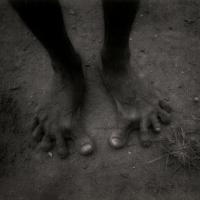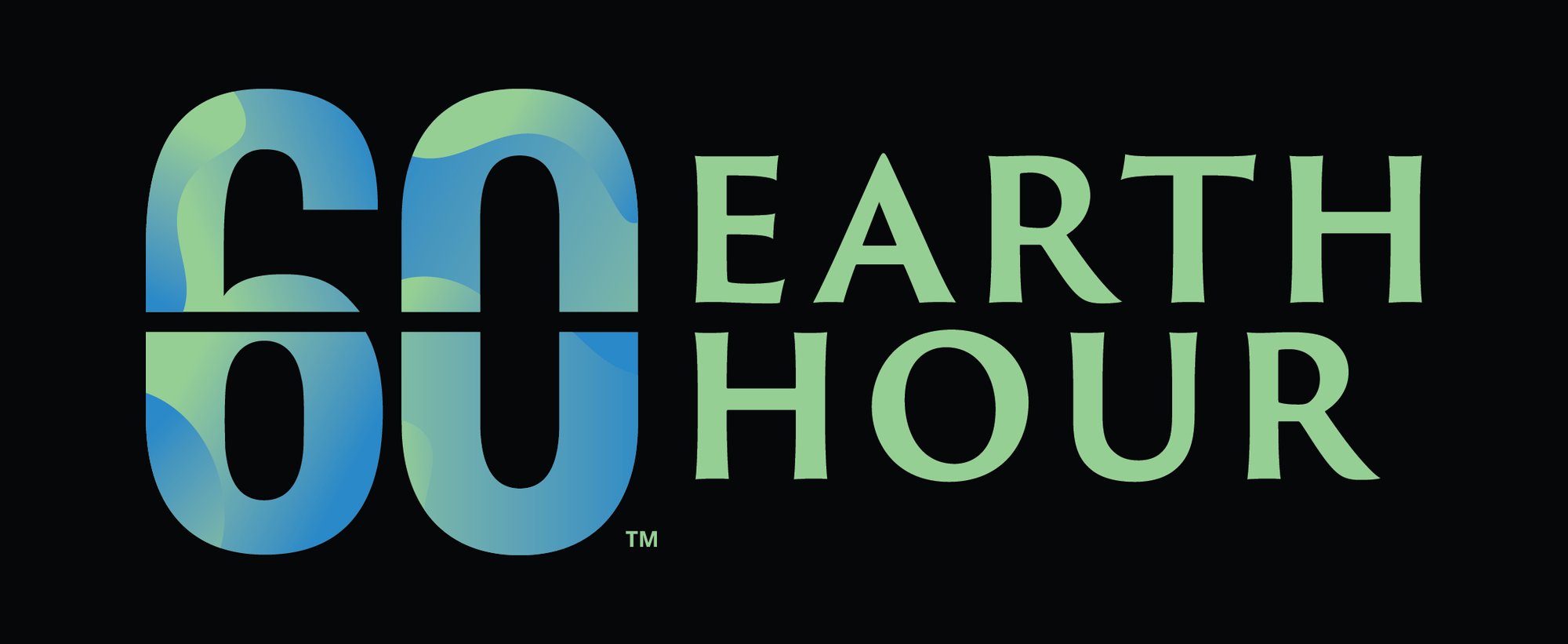
They say a picture is worth a thousand words. That is why Earth Hour is partnering with the EverydayClimateChange Instagram Feed to share real-life (and almost real-time) images of climate change from around the world. As we aim to drive climate awareness and action across the globe, we will share one image every week from the acclaimed Instagram feed to showcase the impact of climate change and the positive change we can inspire if we act together. Check out our selection of hand-picked images. To launch our collaboration, we asked James Whitlow Delano, its founder, to share his experience, vision and hope for climate action.
- Tell us a bit about yourself and your work with climate change.
James: Since I began documenting environmental issues 20 years ago, I have worked hard to establish the connection between those living in the developed north with the billions of people who live and work in poverty in developing countries around the world. Last fall, the International Center of Photography asked me to take over their Instagram feed for a week during an exhibition of master photographer, Sebastiao Salgado to post climate change photographs. While assembling photographs, I realized that climate change was a thread that ran through almost all of my own environmental work and also drew together literally hundreds of other photographs.
At exactly the same time, I met EverydayAfrica Instagram feed co-founder, Peter DiCampo, and I was so impressed with his work that I floated the idea of launching a climate change feed to add to the loose family of "Everyday" Instagram feeds EverydayAfrica had spawned. Peter encouraged me to do it and so, I invited fellow photographers (including Peter) to collaborate with me to create EverydayClimateChange (ECC) to pierce through the white noise surrounding the climate debate in the run up to the COP21, driving the point home visually; bearing witness without uttering a word.
ECC photographers and I live on 6 continents and share photographs made on 7 continents to present visual evidence that climate change doesn't just happen "over there" but that climate change is also happening "right here".
- Why, according to you, is climate change the issue we need to focus on?
James: I tell people to go and see for themselves but if they cannot do that, we have to be able to allow others to collectively bear witness to climate change in a way no single person can possibly could and offer them a chance to do this without needing to leave their own homes.
In two decades of documenting the environment in East Asia, I have seen cloudless sky turned grey with coal smoke far from urban centers in China. In Manila, Philippines, the Pasug River the last time I was there, was so full of sewage that methane bubbled up to the stagnant surface and the air reeked with a sulfurous odor. Last summer, central Tokyo’s main park was closed for over a month because of the presence of mosquitos that transmitted Dengue Fever, a tropical disease. These are signals that the environment and climate are out of balance.
So, as a documentary photographer, as a collector of visual evidence and as a human being, I needed to assemble what I had seen and such a critical time in our climate history. I knew, however, that there are scores of talented photographers trying to do the same thing. So, I reached out to them and ECC was the result!
- How are you/your organization using ‘your power’ to change climate change?
James: I think that the key to this is not thinking about our “power” but viewing this project as a long-term effort. I see ECC as contributing to the drip, drip of information that helps people realize that climate change is not a hoax, but that it is not like an erupting volcano or a tsunami. The change is going to happen over time, it will not be a spectacular, telegenic event. This makes climate change more dangerous in reality. It is slow moving in human terms but fast moving in geological/climatic terms.
I think photographs of the Aletsch Glacier in Switzerland in my own case or photographs by Matthieu Paley of sea ice or glaciers in the Karakorum showing the actual etching marks left by the glacier only 150 (or less) years ago high up the slope provide a metric for global warming. I hope that ECC’s photographs documenting the issue, and plausible solutions too, show definitively that no corner of the planet is unaffected by climate change and we can do something about it.
- What is the most inspiring/positive story on climate action you have witnessed?
James: Anyone who stands up to powerful corporations in rural areas trying to prevent their land being exploited inspire me for their fearlessness. I can go home but they can face police harassment, imprisonment or worse for their sustained efforts. An inspiration is Christopher Achobang of Cameroon who has endured death threats and intimidation for his environmental activism.
- What actions do you think people around the world should take to help change climate
change?
James: I think that first people need to learn about how climate change will affect them. It must be presented as a local issue but not a doomsday prediction of an impending flood or drought-caused wildfire. It means for example, making them aware that it is our everyday life that is going to be affected.
For example, in Japan, 60% of the calorie intake is imported, primarily from the US. As you know, the San Joaquin Valley of California, producing 25% of the US’s table food, is suffering the worst drought in a millennium. The rice and soy bean farmers’ allotment of water here is suddenly more valuable as drinking water which means less food is grown, there is less food to export to Japan, and food prices rise in Tokyo. The #2 supplier of food exports to Japan is China. China also has 1.3 billion people of its own to feed and is facing increased desertification, which can also impact supply, further forcing up Tokyo food prices. So, we see how climate change can impact Japan.
But as much as we talk about the impact, it is equally critical to speak about the solutions too. I have learned a lot on the solution side from living in Japan. For example, the average Japanese person consumes roughly 50% amount of carbon that the average American person does. Heated toilet seats have become an international symbol of Japanese opulence but the seats are actually heated because the bathroom itself is not heated. Indeed, in winter in Japan, you heat only the room you are in. Similarly in summer, only the room you occupy is cooled. Japan shows us that when a solution works, with a simple design, you wonder why it was not thought of before- much like Earth Hour. :)
climate change
